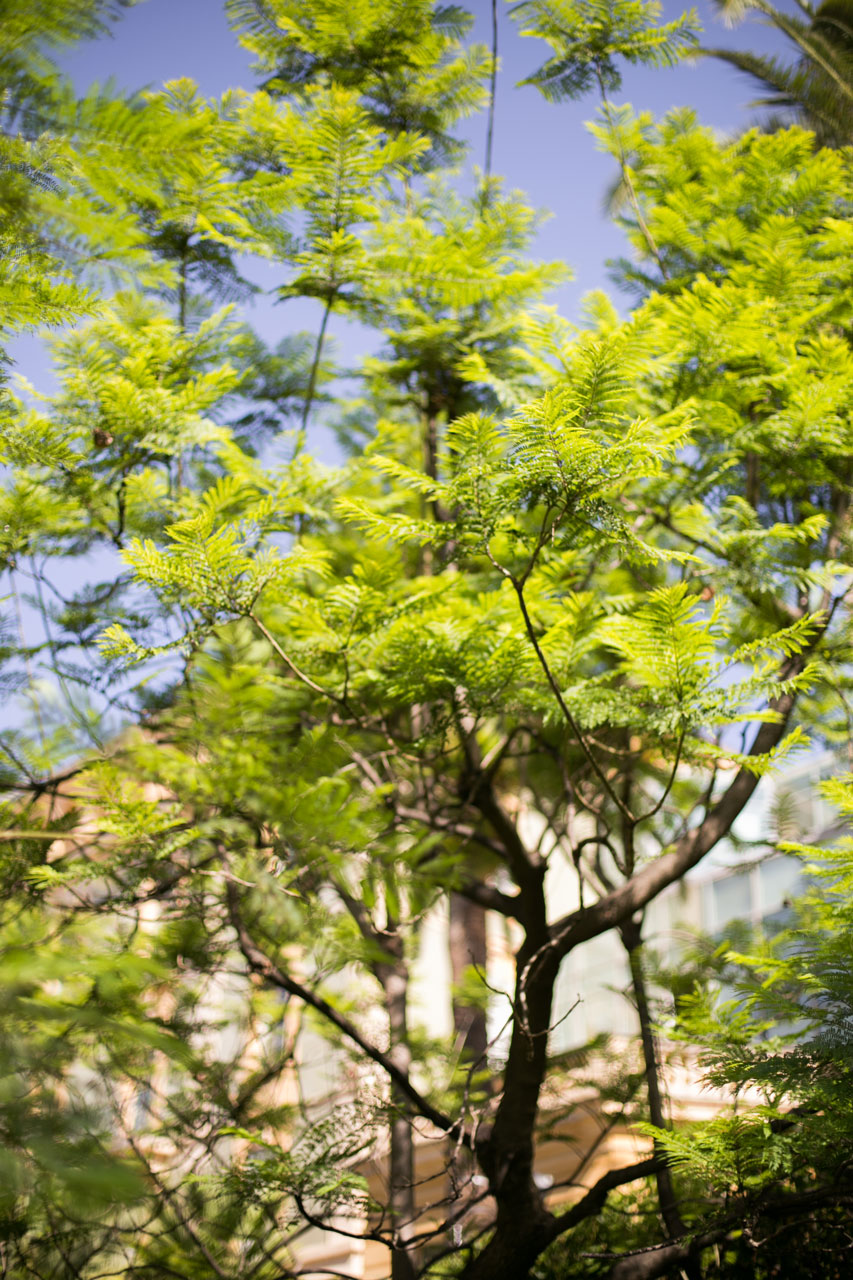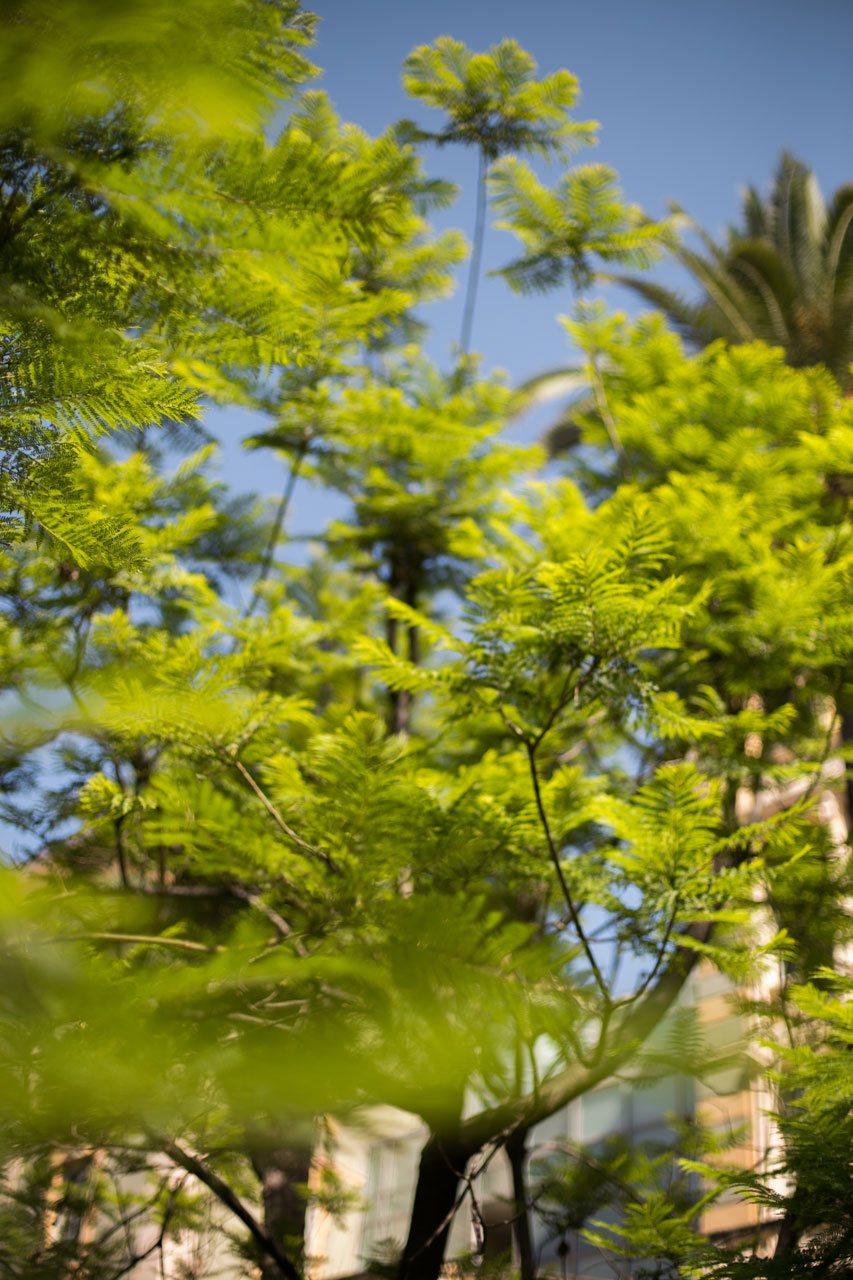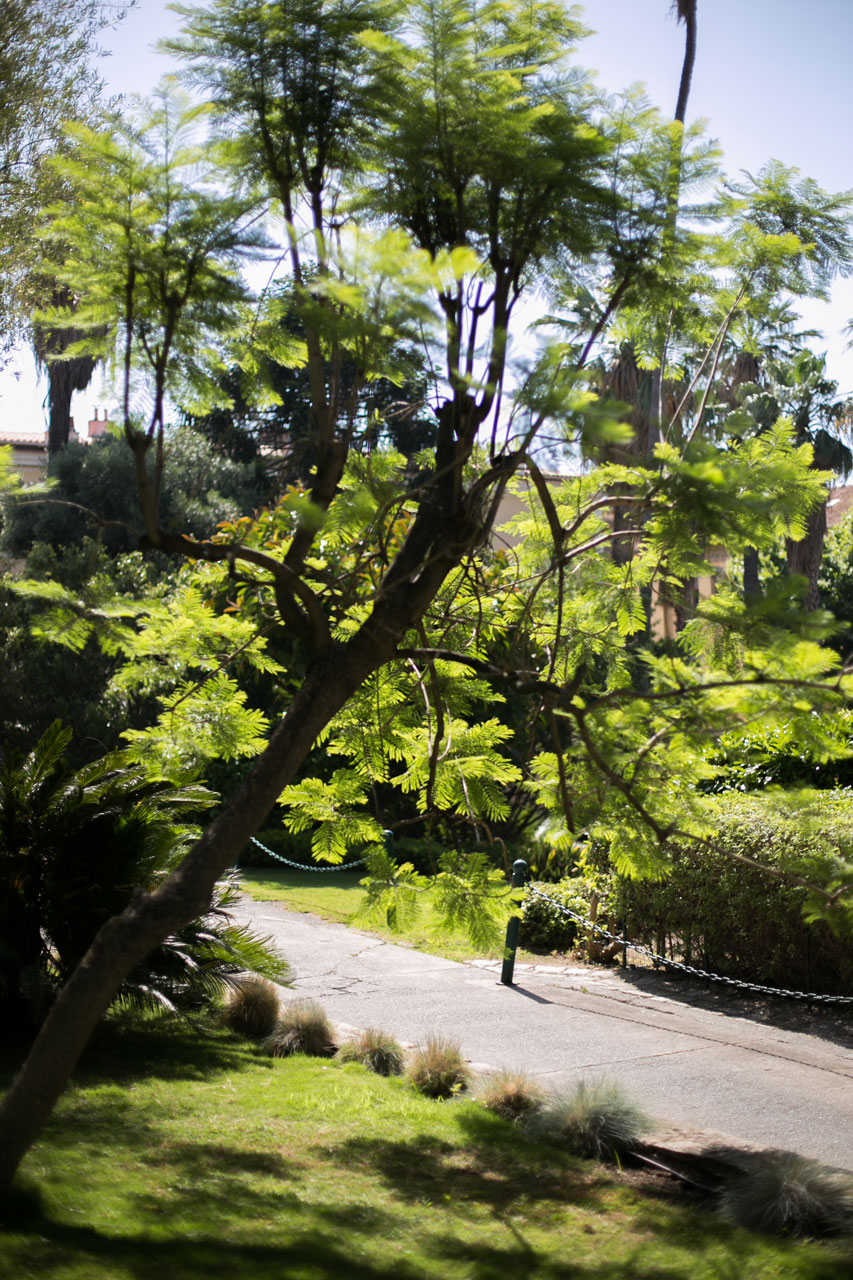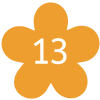
Blue Jacaranda
Jacaranda mimosifolia
Its name “Jacaranda mimosifolia” comes from the guarani “jacaranda”.
- Common name: Blue Jacaranda, Brazil rosewood, Brazilian rosewood
- Corsican name: Ghjacarandu mimusifolia
- French name: Jacaranda à feuilles de Mimosa, arbre à huîtres
Notes
Its pollen can be an allergen.
Species characteristics
Family: Bignoniacaea
Origin: Brazil, Argentina
Habitat: Tropical forests of Brazil and Argentina
Characteristics: Deciduous tree, 10 to 15 m high, it can reach 50 metres in its natural environment, with a diameter of 10 to 12 metres.
Very fragrant, purplish blue flowers with the peculiarity of flowering twice each year (spring and autumn). Narrow panicles of tubular flowers (4 to 5 cm) with campanulate and ribbed corollas.
Its fruits are oblong woody capsules (5 to 7 cm) dehiscent, flattened and evoke ochre-coloured oysters.
Flowering period: Spring and Autumn
Uses and properties: This veined, marbled tree is sought after for cabinetmaking and marquetry, it is known also as false rosewood.
It is often planted in urban areas, beside streets, in parks and gardens.
In traditional South American pharmacopoeias, the foliage, bark and roots were known for their antibacterial, antiseptic, astringent and calming properties.
Prescribed for external use (as a decoction) to treat wounds, skin diseases and varicose veins.
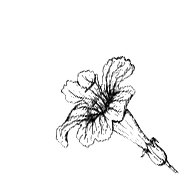
History and oddities
The genus “Jacaranda” includes 45 to 50 deciduous or evergreen species and was introduced centuries ago into Africa, Southeast Asia, Melanesia and Polynesia.

